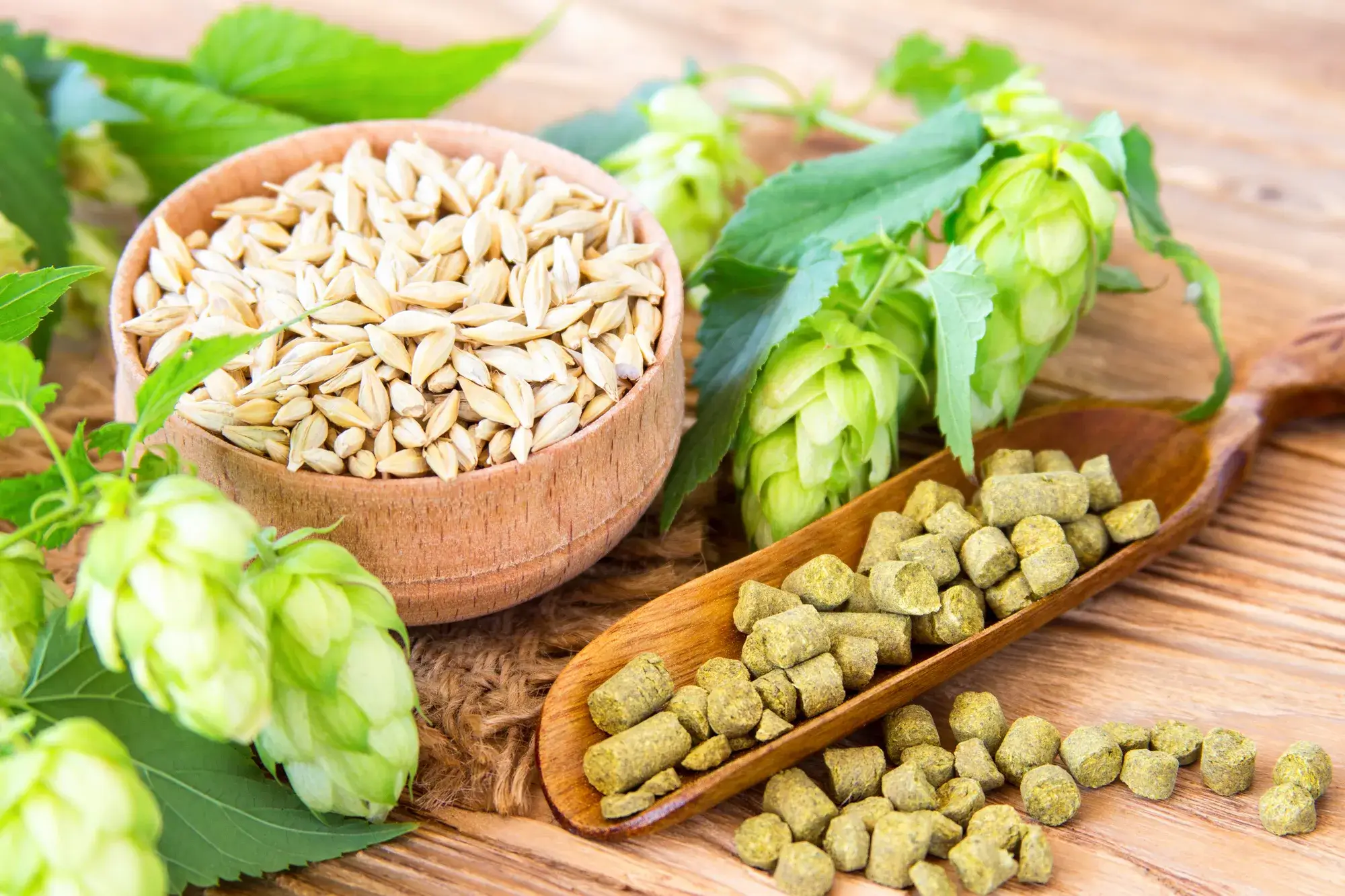Brewing beer at home can be a fun and rewarding hobby, but it all starts with understanding the ingredients. In this article, we’ll take a closer look at the main ingredients used in homebrewing beer, and how each one affects the flavor, aroma, and overall character of the finished product.
Water: Foundation of Beer
Water is the most important ingredient in beer, as it makes up the bulk of the finished product. Different styles of beer require different types of water, and it’s important to understand the water chemistry to achieve the desired flavor profile. For example, beers from certain regions of Germany, such as Bavaria, have a distinctive mineral character due to the water in those areas. Understanding water chemistry can also help you adjust the pH of the mash to ensure optimal enzyme activity during the brewing process.
ADvertisement
Malt: Source of fermentable sugars
Malt is made of grains and is the backbone of beer, providing the fermentable sugars that yeast will convert into alcohol. There are many different types of malt, each with its unique flavor and color profile. Pale malt is the most commonly used type, as it provides a neutral base for other ingredients to shine. Roasted malts, like chocolate malt and black malt, add a dark color and complex flavors of chocolate, coffee, and roasted nuts. Crystal malt adds sweetness and caramel notes, while wheat malt can provide a crisp, refreshing character to the finished beer.
Hops: Flavor and aroma
Hops are the ingredient responsible for the bitterness in beer, as well as many of the flavors and aromas. Luckily hops come in many different varieties, each with its unique set of characteristics. Some hops, like Cascade and Centennial, provide a grapefruit or citrus flavor and aroma, while others, like Saaz and Hallertau, provide a spicy or floral character. The amount and timing of hop additions can greatly affect the final flavor and aroma of the beer.
Yeast: Engine of fermentation
Yeast is responsible for converting the sugars from the malt into alcohol and carbon dioxide. There are many different strains of yeast, each with its unique flavor and aroma profile. Ale yeast ferments at warmer temperatures and produces fruity and spicy flavors, while lager yeast ferments at cooler temperatures and produces a cleaner, crisper character. Yeast also plays a crucial role in the conditioning process, where it cleans up off-flavors and produces subtle, complex flavors.
Adjuncts: Adding complexity to your Beer
Adjuncts are any ingredient used in beer that is not malt, hops, water, or yeast. This can include fruit, spices, herbs, or even coffee or chocolate. Adjuncts can add complexity and depth to a beer, but they must be used carefully, as too much can overwhelm the other flavors and aromas. Some popular adjuncts include coriander in Belgian witbiers, pumpkin in pumpkin beers, and honey in meads and braggots.
Understanding the main ingredients in beer is crucial to crafting a great brew. By experimenting with different malts, hops, and yeast strains, and using adjuncts sparingly, you can create a beer that is truly unique and reflects your personal taste. With a little bit of knowledge and experimentation, you’ll be brewing delicious beer in no time.

